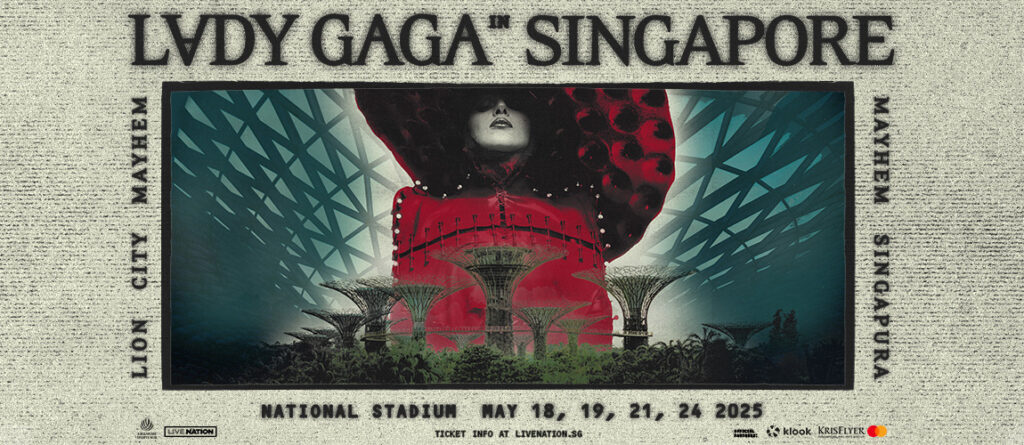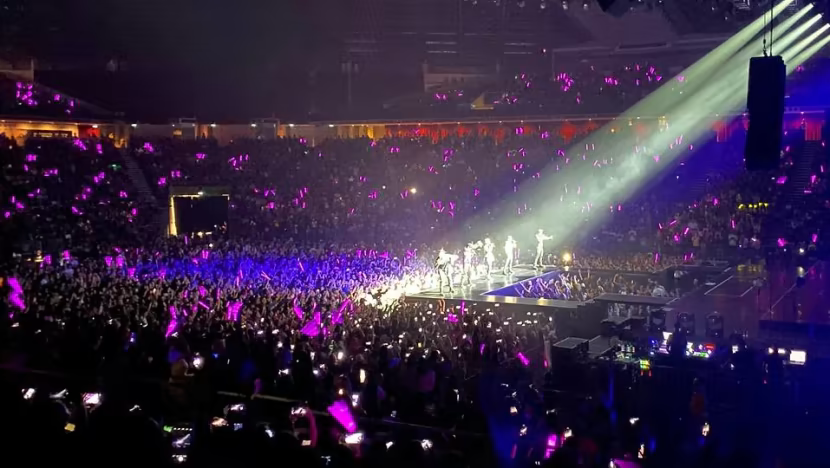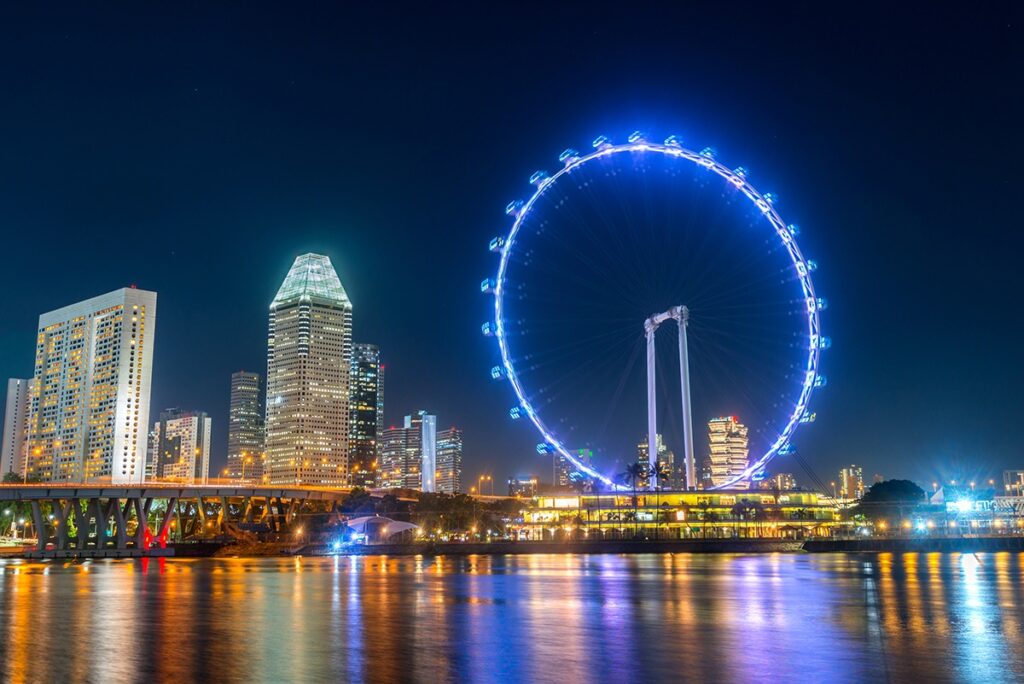Lady Gaga's Stop in Singapore - What Marketers Can Learn

Lady Gaga has once again come to Asia, and yet, Malaysia is looked over. This is not a recent trend as even before this, Taylor Swift chose Singapore has her only destination in her tour as well. Malaysia is not void of famous artists arriving to its shores as Coldplay had come to Malaysia for their concert, becoming the largest concert in the history of Malaysia.
Then you must wonder, what did Singapore do to achieve this as opposed to other much huger countries? At Sevenvault, we understand as marketers that it is very important to promote a brand for both Lady Gaga and Singapore, and they chose what they believe is best for and most efficient for themselves. Let’s look at how Singapore not only managed to attract Lady Gaga, but how it markets itself in general, and explore how they strategically promoted themselves well.
1. Invest in Infrastructure That Delivers Consistency

Singapore’s long-term investments in world-class venues and transport systems create a seamless experience for both artists and fans. Marketers should focus on building or leveraging reliable systems (digital or physical) that ensure consistent, premium delivery of their offerings — because reliability enhances brand preference. Whether it’s for Gaga or Swift, the city doesn’t just sell a ticket—it sells an aspirational getaway. Marketers can take this as a lesson to design their offerings beyond the product: invest in ecosystem thinking that turns every touchpoint into a value-add.
2. Position Around Safety and Stability

Singapore brands itself as a safe, politically stable, and well-regulated market — attractive traits for global partnerships. Marketers can similarly craft their brand story around risk reduction, dependability, or protection (e.g., privacy, logistics, policy) to appeal to premium buyers or international partners.
Artists choose Singapore because they can trust it—stable politics, no surprise censorship, reliable logistics. That trust is the result of decades of consistency and planning. Marketers should note: predictability is persuasive. Reducing friction, anticipating objections, and offering a safe “default” choice builds brand confidence and repeat engagement—especially with high-stakes, high-visibility clients.
3. Use Exclusivity to Drive Demand and Attention

Even without formal exclusivity, Singapore creates a sense of scarcity and prestige that makes artists (like Gaga) choose it over others. Marketers can learn to engineer similar desirability — whether through limited drops, selective access, or geographic targeting — to boost both perceived value and FOMO. Singapore didn’t officially lock in Lady Gaga with an exclusivity clause, but the country made itself the undeniable best option. By combining premium infrastructure, government support, and corporate sponsorships, it became so attractive that exclusivity happened by default. This shows marketers the power of creating such compelling brand conditions that your audience chooses you—even when they have other options.
Final Takeaway: Strategy Wins, Not Just Spotlight
Singapore’s dominance in hosting Lady Gaga wasn’t a lucky break—it was the result of long-term, strategic thinking. Marketers should recognise that success comes from being prepared, desirable, and aligned at every level.
By building exceptional value, delivering immersive experiences, and uniting stakeholders under a clear vision, brands can position themselves not just to compete—but to win, repeatedly.


